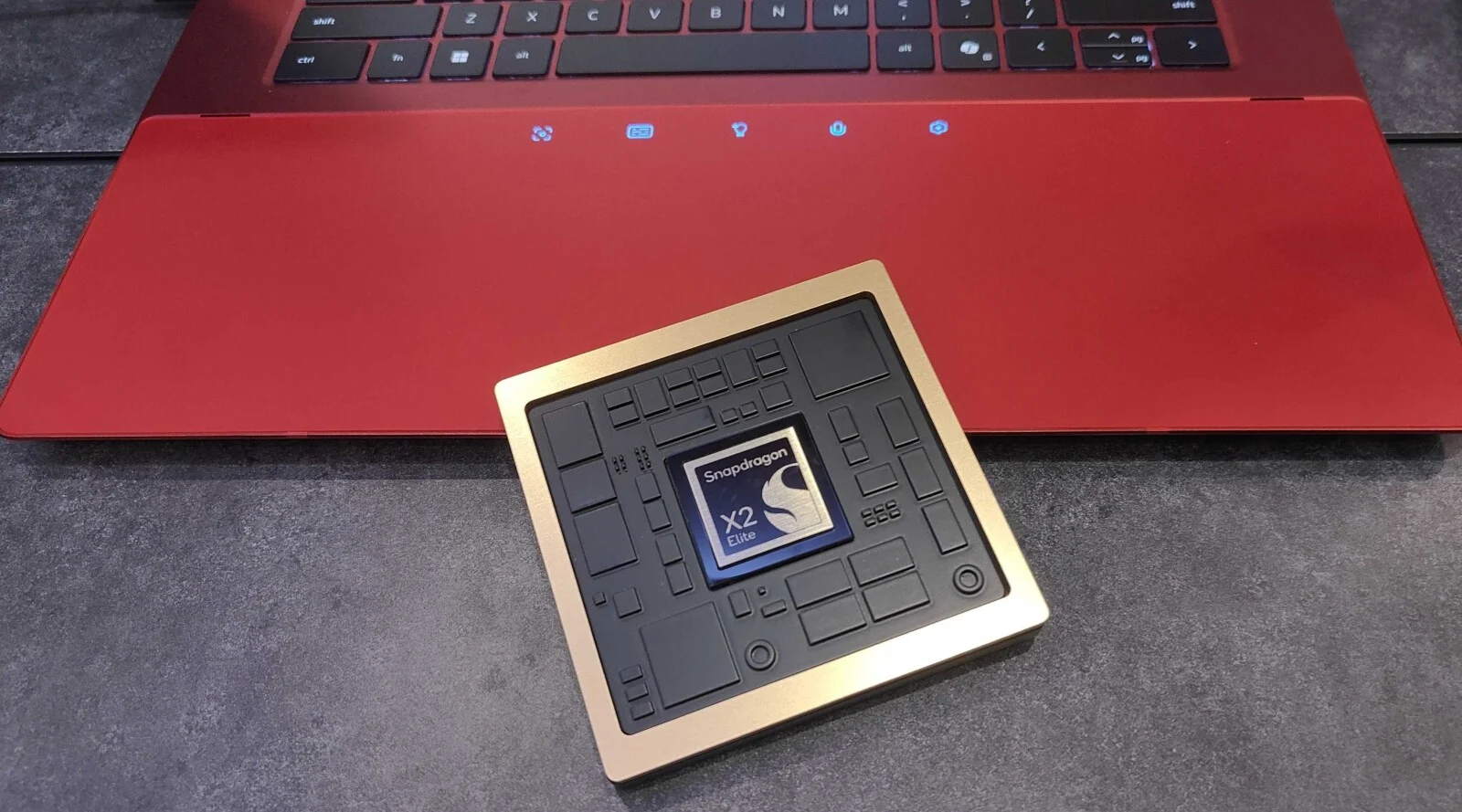The Hubble Space Telescope of NASA has unveiled stunning details of a tiny section of the escalating remains of a gigantic star that exploded around 8,000 years back. It has successfully captured a series of striking new images of the star’s remains.
The debris, which has been named Veil Nebula by the experts, is one of the most talked about supernova remnants. The name of these remnants has been derived from its draped, delicate filamentary structures.
The entire Veil Nebula is 110 light-years across and is situated around 2,100 light-years away from Cygnus (Cygnus is the Latinized Greek word used for swan), a northern constellation residing on the plane of our home Galaxy Milky Way.
Hubble has captured six pictures of a tiny area around 2 light-years across, which is a very small part of the vast structure of the nebula. The nebula’s close-up look allows us to see tresses of gas, which once used to be parts of a star that was 20 times bigger than the Sun.
Right now, the nebula is located along the rim of a big bubble containing low-density gas. This bubble got blown into the space by the massive star before it was self-detonated.
Images captured by the NASA telescope are showing an amazing range of structures and presenting incredible details of the collision taking place between the dust and gas constituting the wall of the bubble and the blast wave.
Based on the newly captured pictures, it can be said that the Veil Nebula has significant similarities with the side view of a wrinkled bed sheet. The bright regions in the images represent the parts where the shock waves are encountering the relatively dense materials.
These images have provided the astronomers with plenty of facts, which can lead to significant studies in the future. According to the astronomers, these fresh images of the Veil Nebula are comparable to the ones captured by the same telescope in 1997. The comparison gives them an opportunity to study the level of expansion experienced by the nebula in the past 18 years.
Being a star that was almost 20 times as big as the Sun, it is possible that the supernova creating the Veil Nebula was visible briefly to very distant human ancestors around 8,000 years back.








Add Comment